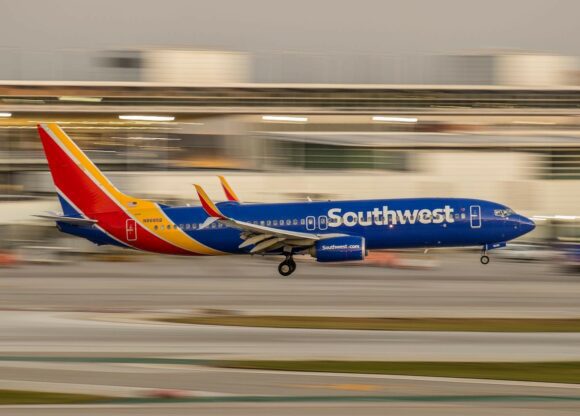Yesterday Continental announced it is going to install Ka-band connectivity from LiveTV. This means about 200 US domestic airplanes (737 and 757) are going to be able to offer Internet connectivity as this process gets rolled out. The story is quite exciting.
LiveTV is owned by Jetblue and the airline already committed to Ka as well.
However, the move by Continental raises all sorts of questions. For example, what about the ~200 United domestic fleet? Continental already uses LiveTV’s services and the decision to go with Ka means 95 TV channels in addition to the connectivity. As LiveTV’s VP of Sales and Marketing Mike Moeller says, the system is “future proof”.
United has made no decision But we understand that the United fleet is not too easy to work with. Its airplanes are quite a lot older than Continental’s. Moreover, 14 of United’s 757s use AirCell’s GoGo system and there is one airplane doing tests with the Row44 system. The combined United and Continental fleet has therefore access to three solutions and clearly should have an excellent view on what is being offered. The selection of LiveTV’s new Ka solution therefore says a lot.
So why is Ka so exciting? The numbers tell the story. For approximately $400m you can buy a satellite that can do either Ku or Ka. The amount of bandwidth Ka can handle is an order of magnitude better. For example, if household broadband costs $3-$5 per Mb, Ku offers the same bandwidth for 30c-50c and Ka offers the same bandwidth at 3c-5c. The difference is that dramatic. One Ka satellite is equivalent to 70 Ku satellites. A Ka solution offers 140Gb/second in bandwidth terms, which is outstanding.
The Ka satellite being launched by ViaSat this summer will be geostationary above the United States. Clearly this does impact airline decisions on connectivity. The cost of installing a solution is compounded by evolving technologies. GoGo is planning on updating its antennae (their system offers 1Gb/sec) to provide more bandwidth to deal with the competition, and that is a hardware cost in both installation terms plus taking airplanes offline for at least a few hours. Airlines clearly want to only make a commitment once they can see a reasonable path that does not get eclipsed quickly by new technologies. As it is, connectivity usage is not at the levels everyone had hoped for.
It is becoming clear then that Ka is the future for connectivity. There is a Ka satellite over Europe already. So between North America and Europe, an airline could offer passengers connectivity on Ka within the footprints from the two Ka satellites. Between the two, over the North Atlantic, the aircraft can pick up the current Ku system. So passengers can still get broadband but over the ocean they will see tighter bandwidth. This is not too much of a restriction as we have tried the Ku solution on Lufthansa’s FlyNet and it worked fine.
Therefore, looking forward, we could see United select the LiveTV solution also. Other airlines, like Delta and American, that have committed to GoGo may want to revisit their longhaul aircraft connectivity choice. GoGo has said Ka is the future. Panasonic is also working on a Ka solution.
It is highly likely that we will see connectivity on all flights within the next five years. The airlines always seek the lowest cost solution and that would be Ka. Ku is fifteen years old and will go the way of C band. The scary part for the airlines, is that they always race for the bottom. Competition will force them to all add connectivity.
So lowest cost is the driver – but will the hardware suppliers fund the equipment? That is unlikely even though it has happened in a few deals so far. Deploying the hardware will take years because installations take time. So expect to see line-fit of Ka systems to come with new deliveries. Meanwhile the airlines watch each other warily to see how Ka gets deployed and who jumps first.




